What Exactly is a Dried Poblano Pepper and How to Use It?
Dried poblano peppers—also known as ancho peppers—are simply ripe, sun-dried versions of the fresh poblano pepper, which hails from Mexico. When fresh, these dark green peppers are mild and earthy; once dried, they develop a deeper, smoky sweetness that's prized in Mexican cuisine. This guide covers everything you need to know to use them effectively in your cooking, from rehydration to recipes.
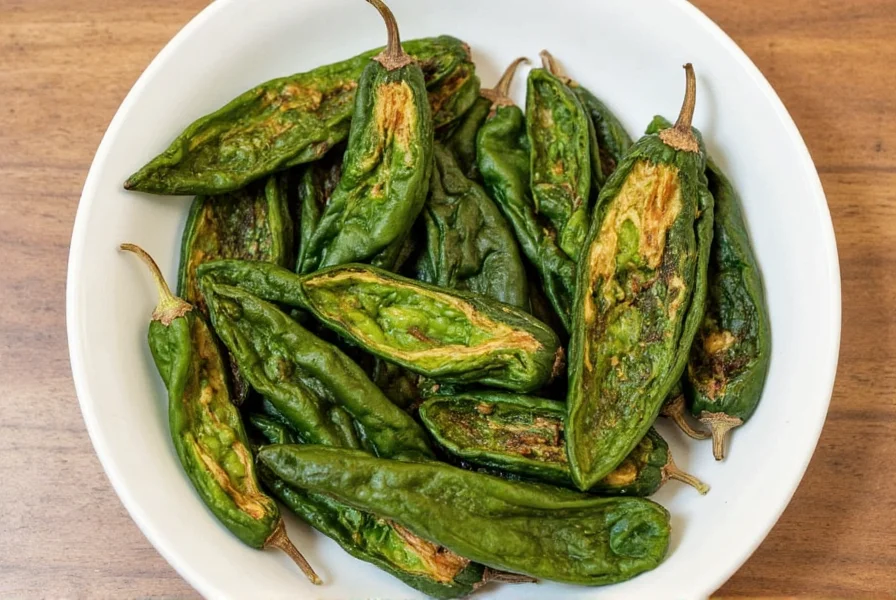
Flavor Profile & Heat Level
Understanding the flavor profile of dried poblanos is key to using them effectively. Here's a quick comparison:
| Attribute | Fresh Poblano | Dried Poblano (Ancho) |
|---|---|---|
| Heat Level (Scoville) | 1,000–2,000 SHU | 1,000–2,000 SHU |
| Flavor Notes | Grassy, vegetal, slightly spicy | Smoky, sweet, raisin-like |
| Best For | Tacos, chiles rellenos, soups | Mole sauce, adobo, braised meats |
While the Scoville rating remains similar, the drying process concentrates the sugars and aromatic oils, giving the dried version a more complex and nuanced flavor. Think of it like comparing fresh tomatoes to sun-dried ones—the difference is all about depth!
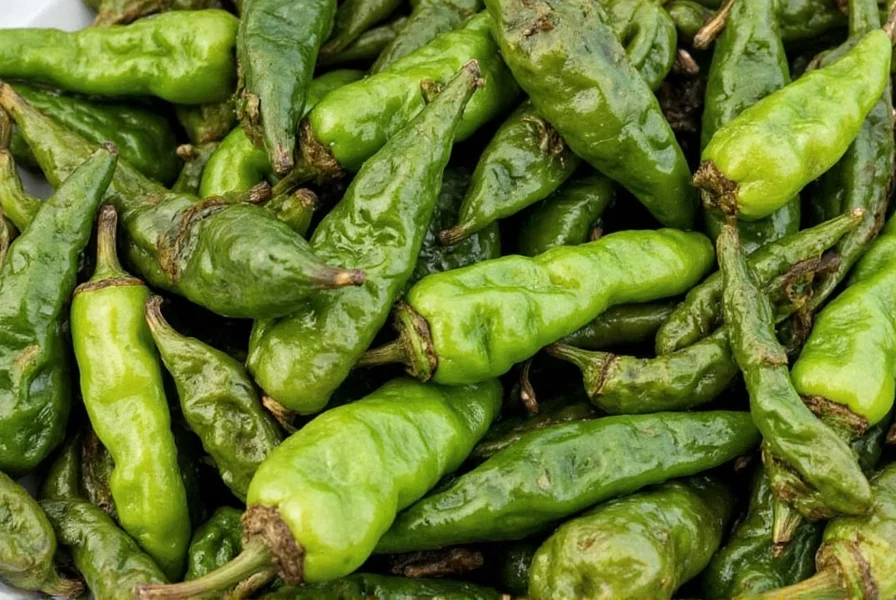
Creative Uses in Everyday Cooking
These versatile little powerhouses can add flavor and complexity to all kinds of dishes. Here are some ideas to get you started:
- Homemade Chile Oil: Toast dried poblanos with garlic and steep in oil for a flavorful base for stir-fries, noodles, or dipping sauces.
- Rub for Meats: Grind into powder and mix with salt, cumin, and paprika for a killer dry rub for chicken or pork.
- Powdered Enchilada Sauce: Blend with tomatoes, onions, garlic, and broth for a rich homemade enchilada sauce in minutes.
- Spice Up Soups & Stews: Add a few chopped pieces to simmering broths or beans for a subtle background heat and flavor boost.
- Beverage Infusion: Lightly toast and infuse into tequila or mezcal for a spicy cocktail base.
Pro Tip:
Use dried poblanos in combination with other dried chilies like guajillo or pasilla for a layered flavor experience—especially in sauces or slow-cooked dishes.
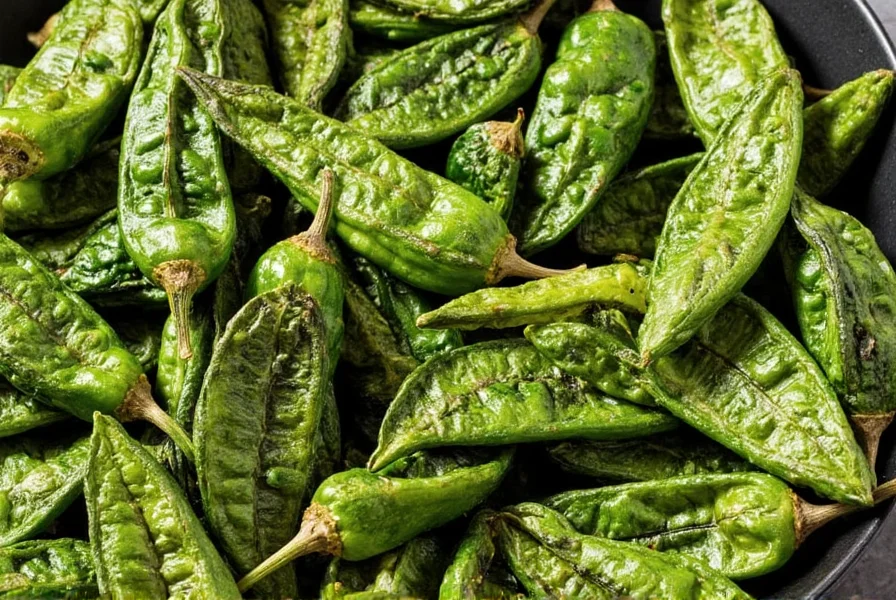
Buying Guide: How to Choose the Best Dried Poblanos
When shopping for dried poblanos, not all are created equal. Here's what to look for to ensure top quality:
- Color: Deep red to maroon—avoid any that look pale or faded.
- Texture: Flexible but firm; overly brittle peppers may be old and stale.
- Smell: Should have a fragrant, earthy aroma without any mustiness.
- Uniformity: Look for peppers that are consistently sized and colored—this ensures even cooking and rehydration.
Product Spotlight
| Product | Features | Advantages | Best For |
|---|---|---|---|
| El Mexicano Organic Ancho Chilies | Certified organic, whole dried peppers | No additives, natural flavor, great for grinding or simmering | Enthusiasts and chefs who prefer full control over prep |
| La Costeña Ground Ancho Powder | Fine ground chili powder | Instant flavor, easy to use in rubs or sauces | Busy home cooks and spice blend lovers |
| Don Julio Premium Whole Poblanos | Hand-selected, air-dried | Consistent size and texture, ideal for stuffing or sauces | Mole makers and traditionalists |
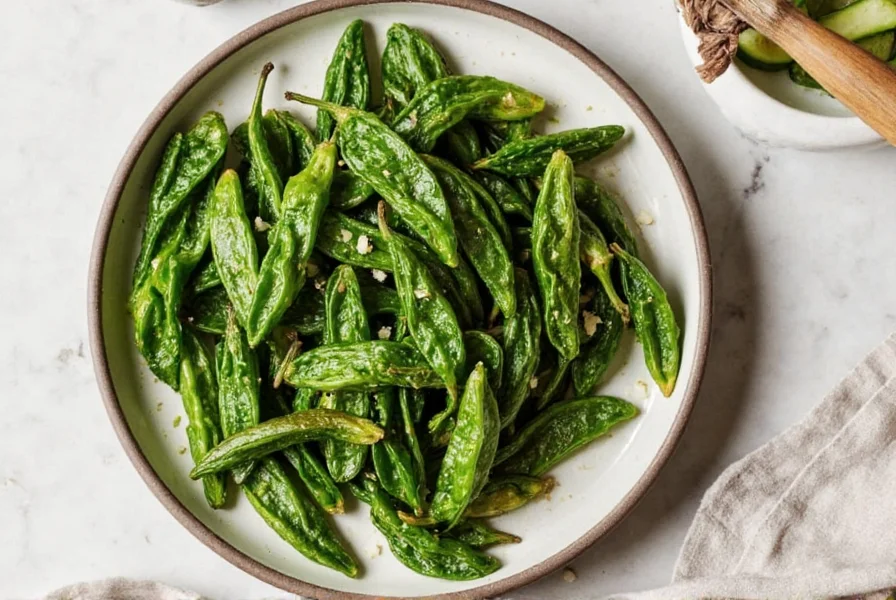
Storage Tips to Keep Your Peppers Flavorful
Storing dried poblanos properly is key to preserving their flavor and potency. Here's how to do it right:
- Whole Peppers: Store in an airtight container in a cool, dark place for up to 6 months.
- Ground Powder: Keeps best in the fridge or freezer to preserve oils and color.
- Rehydrated Peppers: Store in a sealed container in the fridge for up to 5 days, or freeze for longer shelf life.
Pro Tip:
Place a silica gel packet in your chili storage container to absorb excess moisture and keep pests away!
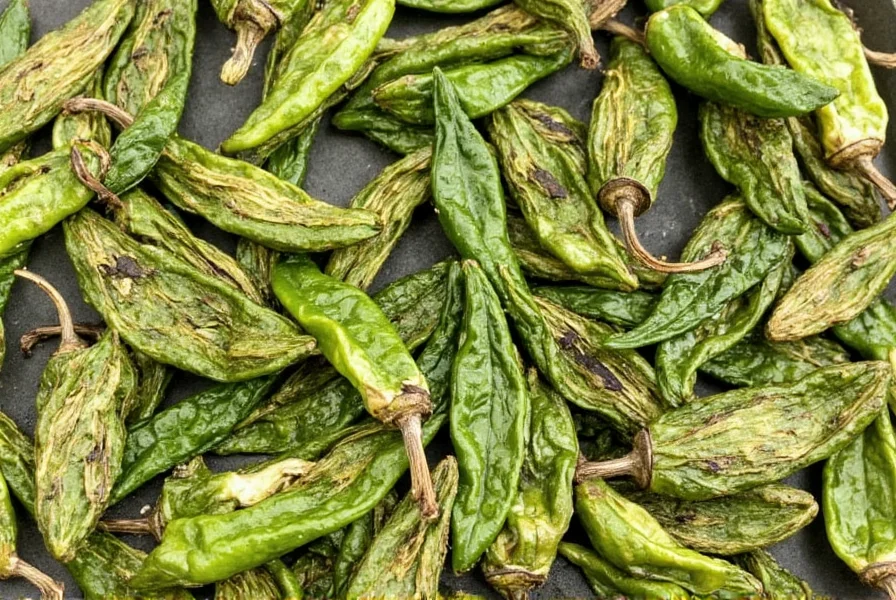
How to Rehydrate and Prep Like a Chef
Rehydrating dried poblanos might seem intimidating, but it's actually quite simple—and well worth the effort. Here's a foolproof method:
- Remove the stems and seeds: These can be bitter and make the final product too spicy if left in.
- Toast lightly: In a dry skillet over medium heat, toast each pepper for 20–30 seconds per side until fragrant. Be careful not to burn!
- Soak: Place in a bowl and cover with hot water. Let sit for 20–30 minutes until soft and pliable.
- Drain and use: Pat dry and use in sauces, salsas, or stuffing.
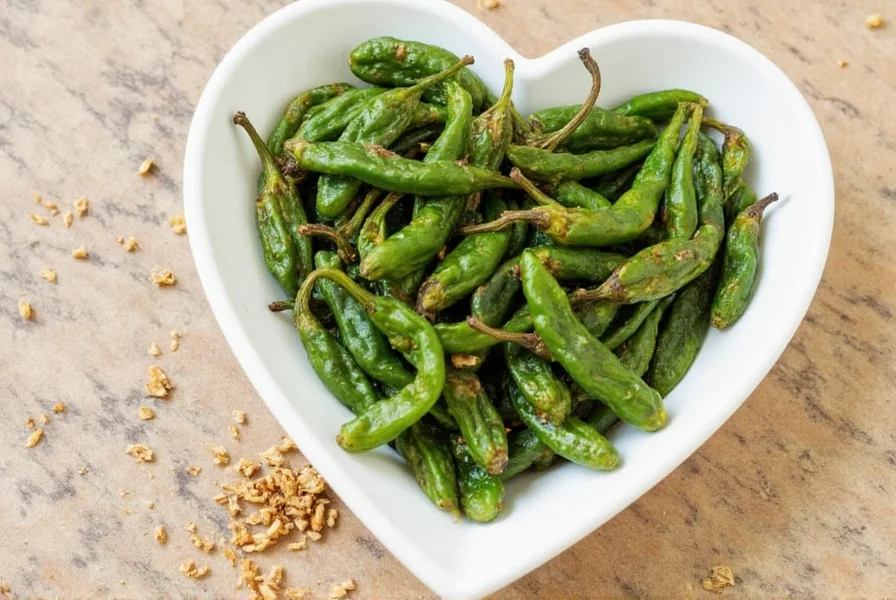
Easy Recipes Featuring Dried Poblanos
Ready to put your dried poblanos to work? Try these beginner-friendly recipes:
- Ancho Chile Chicken Tinga: Shredded chicken simmered in a smoky tomato-ancho sauce, perfect for tacos.
- Simple Mole Negro: A deep, dark mole with dried chilies, chocolate, and spices.
- Poblano Crema Pasta: Blend soaked poblanos with sour cream, garlic, and Parmesan for a creamy pasta sauce.
- Spicy Sweet Potato Soup: Roast sweet potatoes, then simmer with onion, garlic, and blended rehydrated poblanos.
- Chile Relleno Casserole: Layer rehydrated, stuffed peppers with cheese and eggs for a weekend brunch sensation.
FAQ: Your Top Questions Answered
What's the difference between ancho peppers and dried poblanos?
Ancho peppers ARE dried poblano peppers - they're the same thing! "Ancho" specifically refers to the dried form of ripe poblano peppers. When fresh poblanos turn red and are dried, they become anchos.
Can I eat dried poblano peppers raw?
Technically yes, but they're extremely tough and not very palatable unless ground into powder or used sparingly in spice blends. For best results, toast and rehydrate them before use in most recipes.
Are dried poblanos hotter than jalapeños?
No, quite the opposite! Dried poblanos (anchos) range from 1,000–2,000 Scoville Heat Units, while jalapeños range from 2,500–8,000 SHU. Anchos are noticeably milder with more complex flavor notes.
How long do dried poblanos last?
Properly stored in an airtight container in a cool, dark place, whole dried poblanos maintain peak flavor for 6-12 months. Ground ancho powder lasts 3-6 months before losing potency. For longest shelf life, store in the freezer.
Can I substitute dried poblanos with something else?
Yes, guajillo peppers offer the closest flavor profile. Pasilla or mulato peppers are good alternatives too. In a pinch, mix 1 tsp smoked paprika with 1/4 tsp cayenne pepper to approximate the flavor and heat level of one dried poblano.
How many dried poblanos equal one fresh poblano?
Generally, one dried poblano equals about 2-3 fresh poblanos in flavor intensity. When rehydrated, one dried poblano yields approximately 1/4 to 1/3 cup of pepper, depending on size.
Are dried poblanos healthy?
Yes! They're rich in vitamin A (from beta-carotene), vitamin C, and capsaicin which has anti-inflammatory properties. Like most chilies, they contain antioxidants and may help boost metabolism. Just be mindful of added sugars in commercial blends.
Can I make my own dried poblanos at home?
Absolutely! Select fully ripened red poblanos, slice them in half lengthwise, remove seeds, and dry them in a food dehydrator at 135°F (57°C) for 8-12 hours, or in an oven on the lowest setting with the door slightly ajar for 6-8 hours.
Why are my rehydrated poblanos still tough?
This usually happens when the peppers are old or weren't toasted properly before soaking. Try soaking in hot (not boiling) water for 30-45 minutes. If still tough, simmer them in broth for 10-15 minutes instead of just soaking.
What dishes are dried poblanos essential for?
They're crucial for authentic Mexican mole sauces (especially mole poblano), adobo marinades, enchilada sauces, and chile colorado. They also add wonderful depth to soups, stews, and even chocolate-based sauces where a mild heat is desired.
Want More Spice Tips?
Subscribe to our newsletter for weekly spice hacks, recipe ideas, and pro chef tips straight to your inbox!











 浙公网安备
33010002000092号
浙公网安备
33010002000092号 浙B2-20120091-4
浙B2-20120091-4